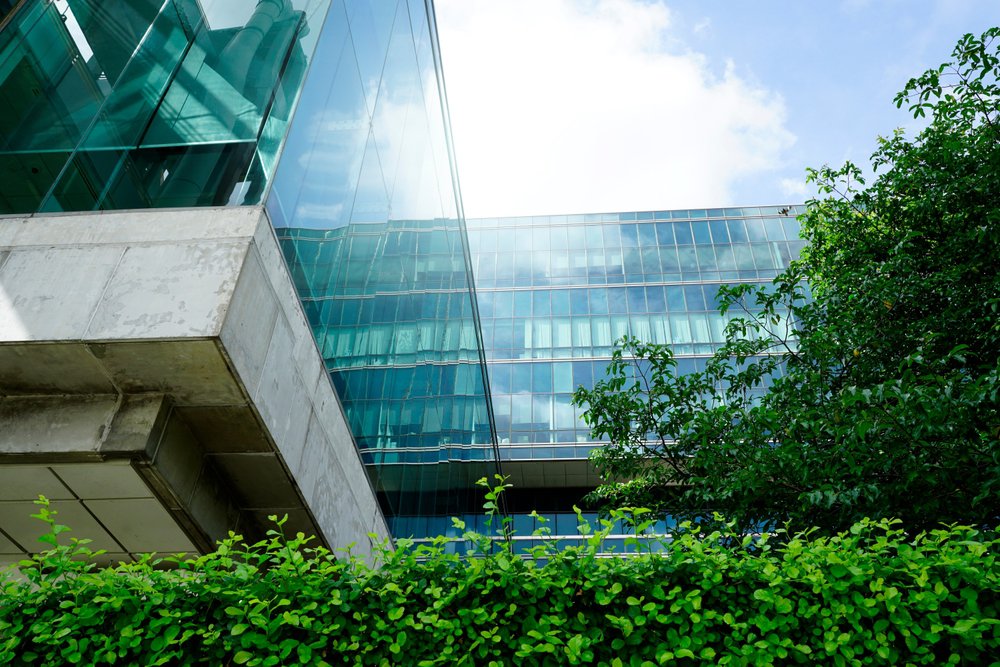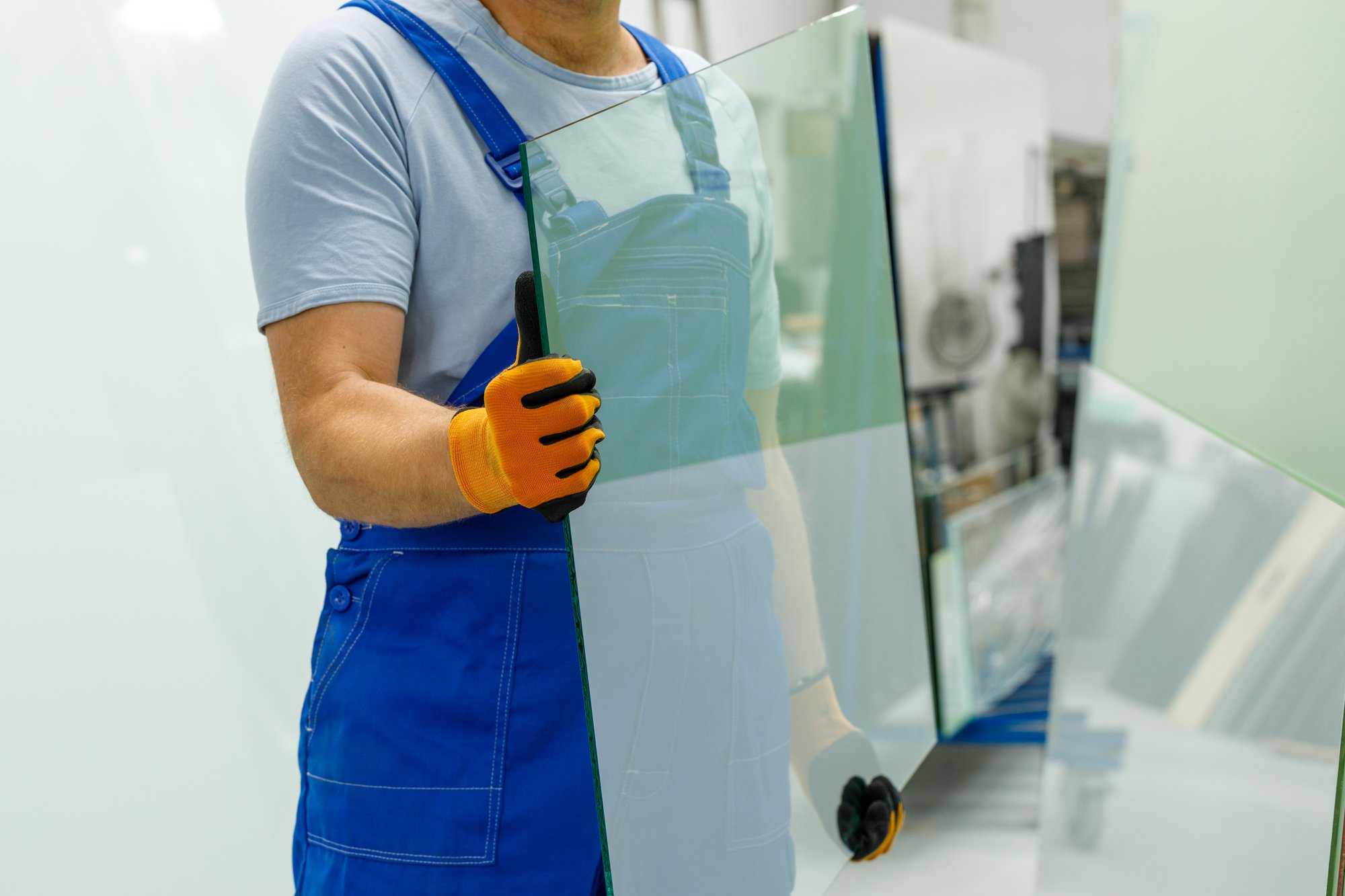The building envelope is a crucial component in advancing sustainability in today’s construction industry. Comprising walls, roofs, windows, and doors, the building envelope acts as the primary barrier between a building’s interior and the external environment. As the need for sustainable construction intensifies due to increasing climate concerns, modern building envelope solutions have emerged as essential tools in minimizing heat transfer and reducing energy consumption. These solutions, especially advanced insulating materials, and cutting-edge glass systems play a pivotal role in enhancing a structure's sustainability, contributing to lower carbon footprints, and creating energy-efficient buildings.
In this article, we explore the transformative impact of modern building envelope solutions on sustainability, focusing on how innovative materials and glass technologies are shaping the future of construction.

The Crucial Role of Building Envelopes in Sustainability
The building envelope serves as the first line of defense against the elements, regulating temperature, maintaining comfort, and protecting against environmental factors such as wind, rain, and noise. A well-constructed envelope is crucial for creating energy-efficient spaces, reducing the need for heating and cooling systems—both major sources of energy consumption.
With the development of advanced insulating materials and state-of-the-art glass systems, building envelope solutions have become instrumental in significantly improving a building’s thermal performance. These innovations enhance energy efficiency and contribute to broader sustainability goals by reducing the ecological impact of buildings.
Advanced Insulating Materials: A Game-Changer for Efficiency
In recent years, innovations in insulating materials have led to significant improvements in thermal performance. Below are a few key technologies revolutionizing the market:
- Insulating Glass Units (IGUs): Utilizing multiple layers of glass with gas fills, these units create a thermal barrier that reduces heat transfer, enhancing energy efficiency in buildings.
- Low-E Coatings: These coatings are engineered to reflect infrared energy while allowing natural light to pass through, ensuring that interiors remain warm in the winter and cool in the summer.
By integrating these building envelope solutions, builders can achieve several tangible benefits:
- Minimized Heat Transfer: Effective insulation greatly reduces the amount of heat that escapes or enters a building, resulting in substantial energy savings.
- Lower Energy Consumption: Reduced reliance on heating and cooling systems leads to significant reductions in utility costs for occupants and building owners.
- Improved Occupant Comfort: A stable indoor environment, maintained by superior thermal performance, enhances overall comfort and well-being for those inside.
The Environmental Impact: Reducing Carbon Footprints
One of the most profound benefits of modern building envelope solutions is their potential to reduce a building’s carbon footprint. As governments and industries strive to meet global sustainability targets, energy-efficient buildings have become a critical component in achieving these goals. The environmental benefits of modern envelopes include:
- Reduced Carbon Emissions: By lowering the demand for energy—often generated by fossil fuels—buildings with advanced envelopes contribute significantly to reducing greenhouse gas emissions.
- Climate Resilience: Sustainable building envelopes also offer enhanced protection against extreme weather events, increasing a building's longevity and reducing the need for repairs or replacements.
Buildings that incorporate these building envelope solutions not only help mitigate the effects of climate change but also promote long-term sustainability in construction practices.

Overcoming Barriers to Adoption
Despite the clear benefits of advanced building envelope materials, several barriers remain that hinder widespread adoption. Common challenges include:
- Upfront Costs: Innovative materials such as high-performance insulating glass or specialty coatings often carry a higher initial cost, deterring builders and developers from investing in them.
- Regulatory Hurdles: Outdated building codes may complicate the integration of new technologies, making it difficult for builders to fully embrace modern building envelope solutions.
To overcome these challenges, manufacturers and distributors can adopt strategies aimed at facilitating adoption:
- Education: Offering training and resources to building contractors and developers about the long-term advantages of investing in superior envelope technologies can help change perceptions.
- Collaboration: By working closely with regulatory bodies, manufacturers can contribute to updating codes and standards, making it easier to implement advanced materials in building designs.
- Streamlined Supply Chains: Simplifying the distribution process can reduce costs and make cutting-edge materials more accessible to builders and contractors.
Embracing the Future of Sustainable Construction
As we look toward the future, it is clear that modern building envelope solutions are no longer a luxury—they are a necessity. With advances in insulating materials and glass systems, the building envelope has become a key player in reducing carbon emissions and promoting energy efficiency. These innovations offer the construction industry a clear path toward greener, more sustainable building practices.
For window distributors, building contractors, glass manufacturers, and distributors, the time has come to prioritize these technologies. By embracing advanced building envelope solutions, the industry can collectively drive positive change, ensuring that new buildings contribute to a more sustainable future.
Ready to explore how modern building envelope solutions can transform your projects? Visit our website to discover cutting-edge technologies driving sustainability in construction.





